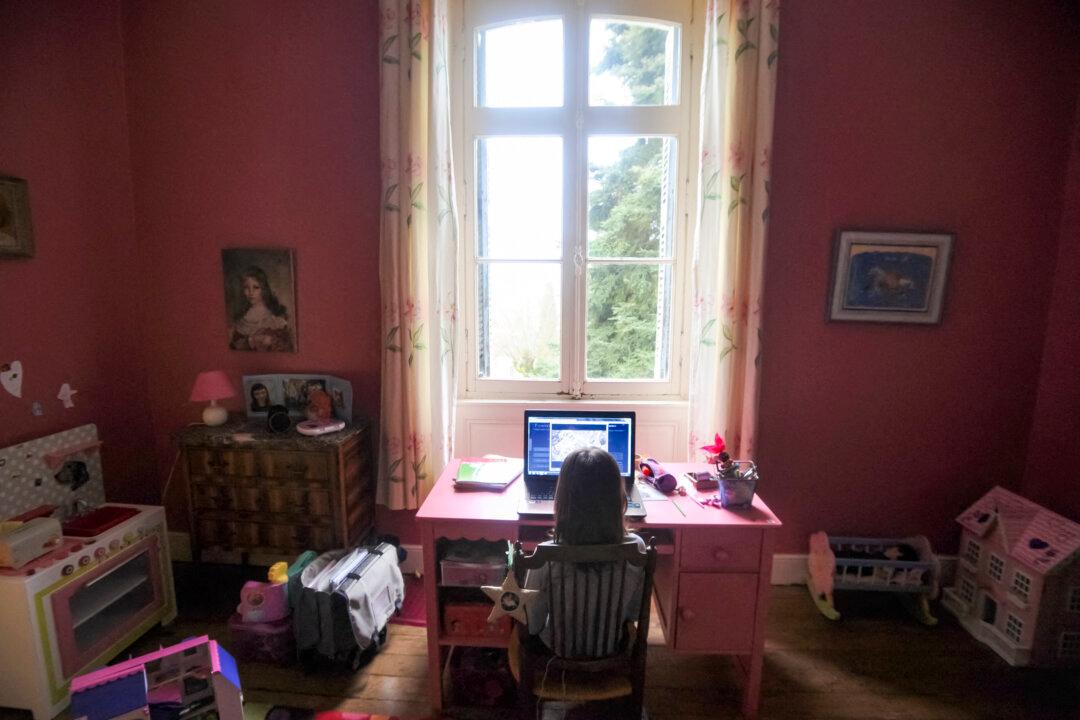Australia’s internet content regulator has given online companies six months to devise enforceable codes to prevent children from accessing graphic pornography.
In its latest effort to crack down on pornography and harmful online content, the eSafety Commission has issued notices to key industry members, requesting them to come up with a preliminary draft of the codes by Oct. 3.





